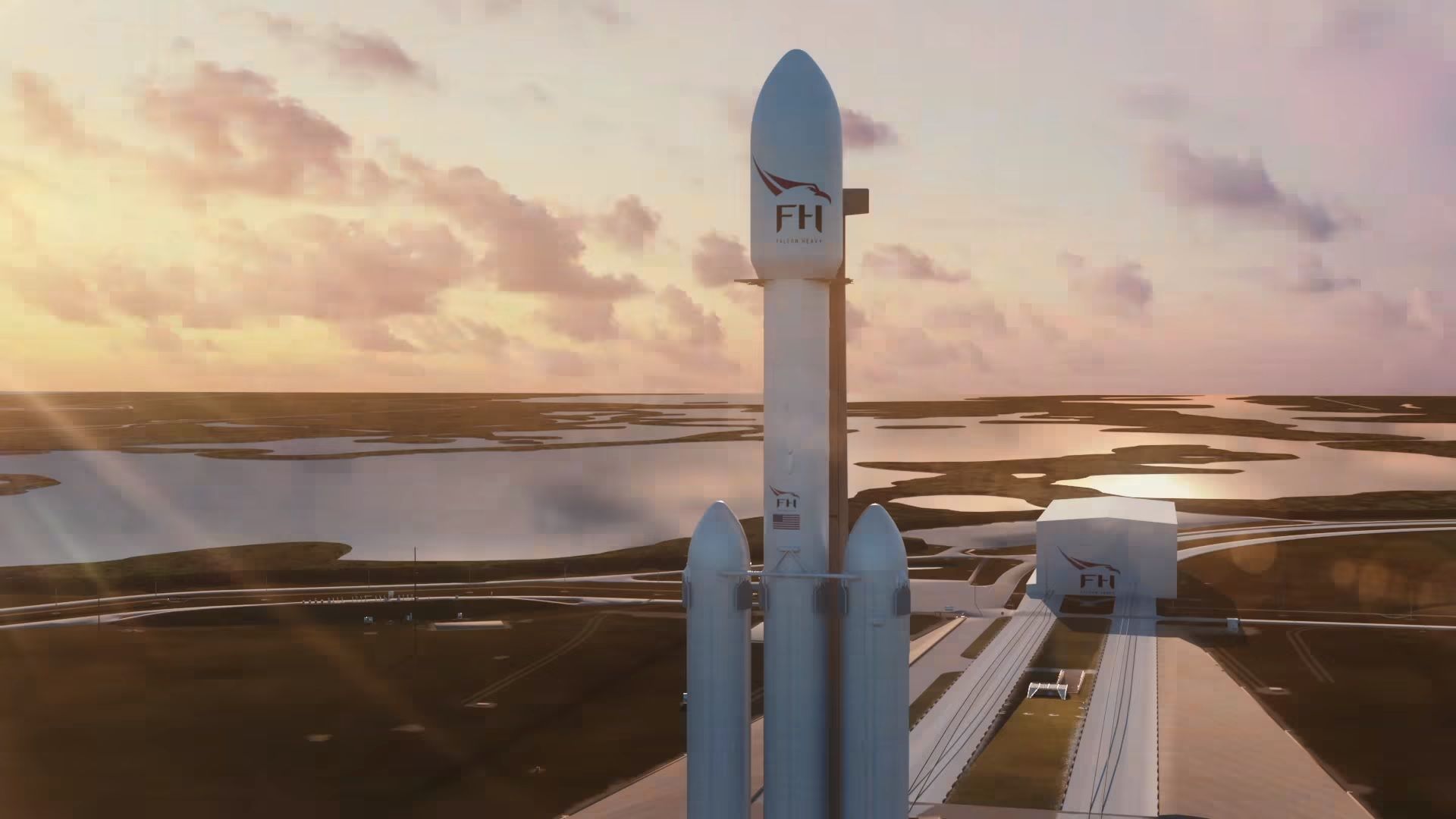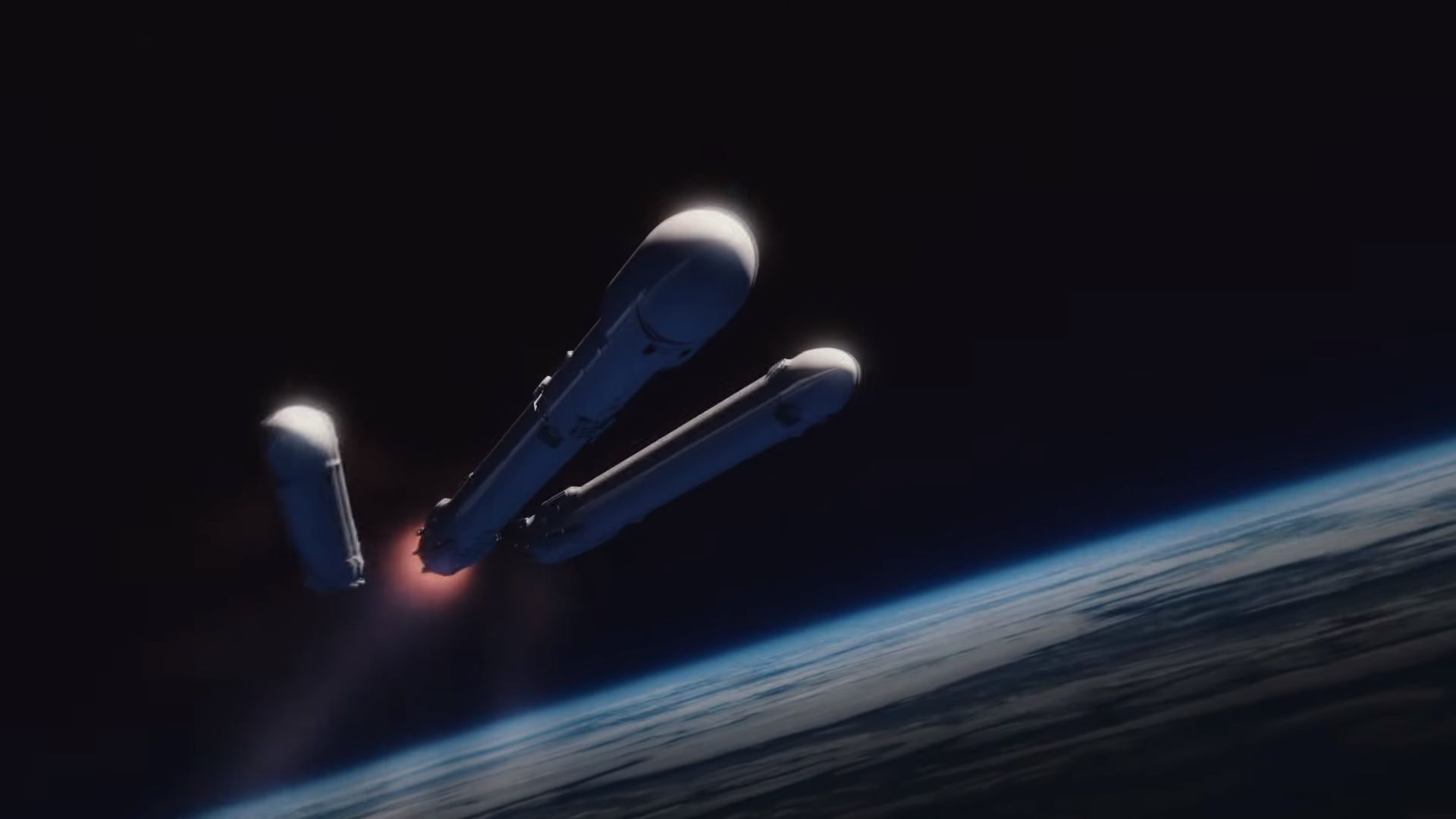Last February, SpaceX successfully tested its new Falcon Heavy rocket booster by launching a first-gen Tesla Roadster into the great starry beyond. The mission prompted a huge outpouring of media attention and excitement, but apparently, Boeing wasn’t impressed.
Continue reading for the full story.
The Full Story
As pointed out by Ars Technica’s Eric Berger, this rocket measuring contest was spurred by a statement on watchusfly.com, Boeing’s online self-promotional website, which states that the launch of Falcon Heavy “failed to impress the spaceflight department at NASA. Bill Gerstenmaier, the head of spaceflight at NASA, said the Falcon Heavy is “too small” for NASA’s needs. Ouch.”
Ouch indeed. The post goes on to state that (surprise, surprise) rather than the SpaceX vehicle, NASA’s exploration program would be better suited to Boeing’s new rocket.
“The Boeing-built SLS rocket is the only spaceflight vehicle that can provide NASA the tools it needs for deep space exploration,” the post reiterates. “The SLS can bring equipment into space that is too large for the Falcon Heavy.”
The site also claims that once it’s operational, the SLS will be the most powerful rocket ever built.
However, there are a number of problems to point out here. For starters, it’s uncertain when the SLS will fly, as it’s still in development and will most likely take several years to complete.
What’s more, the claim that the SLS will be the most powerful rocket ever built is dubious, at best. The current record holder in that department is the Saturn V, the 363-foot monster that took astronauts to the moon in the late ‘60s and early ‘70s. Capable of putting a 310,000-pound payload into low Earth orbit, the Saturn V program was shelved following a final launch in 1973, which, for its last mission, put the ill-fated Skylab into orbit. Nothing as large or as powerful as the Saturn V has been created since.
Although it’s nearly half a century old at this point, the Saturn V remains the undisputed champion of rocket science. That said, Boeing says the SLS will be taller, sitting at 365 feet in the air. What’s more, it will be capable of putting upwards of 290,000 pounds into low Earth orbit, which is less than the Saturn V, but word has it the SLS will also get upgraded to a significantly more powerful configuration in about five years’ time. However, that’s if Boeing manages to secure the proper funding.
For the sake of comparison, the Falcon Heavy stands just 230 feet tall, 133 feet short of the Saturn V, and is capable of putting a 140,700-pound payload into low Earth orbit.
There’s another issue at play here as well. The SpaceX rockets were designed to be reused as a means to drive down cost, which is sure to attract the attention of budget-conscious NASA reps. Meanwhile, the SLS is a one-shot deal.
Furthermore, NASA has yet to build anything that would require something as large and powerful as Boeing suggests with the upgraded SLS. That might change by the time the new rocket is ready to fly in the mid-2020’s, but by then, SpaceX will most likely have upgraded to even higher payloads as well.
Regardless, we love the fact Boeing is taking shots at SpaceX. More competition means more innovation and more interest, both of which are very good for space exploration. Humanity needs to develop its space capabilities, and if that means cheap “bigger is better” wisecracks, then so be it.
References
Get in the Know - read up on the Latest Space X news.


